
Back in 1998 I put together a science class for some of the homeschooling boys. I called it the St. Albert the Great Science Club, under the patronage of St. Albert, patron saint of scientists. I would have a class every month, on a Saturday, and I only did it that year. It was a big success, and Carolyn had been after me for a while to start it up with a younger generation of our children.
I said I would work on it. I looked over some notes, and thought about it. Someday I would get around to starting it.
That someday was today. I was off work early, and Carolyn told the kids and I that we could hold our first class that day. I gulped real hard and said I would be ready. Then I headed off to the store to get the materials, the missing ingredient, for our first experiment. When I got back from the store, some Mexican hot chocolate was waiting for me - a gift from some friends of ours in San Antonio. Like most Mexican treats, it was heavy on the sugar. After one cup of lactose-free Abuelita cocoa, I was ready to take on the world.

Briefly I discussed the reason for the class, starting with a definition of science, and then discussing the reasons for the study of science. I discovered a great reference for this subject; namely, the 'why study science' in the context of our Catholic Faith. I found this in a book called For the Beauty of the Earth, by Klassen et. al. and published by St. Paul's Publishing Company (1983). I was surprised to see it dedicated to John Senior, Dennis Quinn, and Frank Nelick; these were the founders of the Integrated Humanities Program at the University of Kansas in the early 1970's. This program resulted in a lot of students converting to the Faith; some of them felt a calling to the consecrated life. A few of those called to the religious life joined the Benedictine monastery at Fontgombault in France, and then returned to the United States to establish the Benedictine Monastery at Clear Creek. It is amazing to see the fruits of the work of these three men almost forty years after.
I am still working my way slowly through John Senior's book, The Death of Christian Culture.
Here is the list for why we study science, broken down into what are considered the 'ends,' or reasons for studying science. I found these listed in some other Catholic science books - in more child friendly terms - but I like this list for my own benefit:
 After discussing the 'why,' we discussed the scientific method, and the various parts of it. It was a lively discussion, with my students ranging in age from 5 to 14 years old. Briefly, the scientific method consists of 1. asking a question, 2. forming an explanation, or hypothesis, 3. construct a test, or experiment, to prove your explanation, 4. perform the experiment, recording the results, and 5. draw some conclusion based on the results.
After discussing the 'why,' we discussed the scientific method, and the various parts of it. It was a lively discussion, with my students ranging in age from 5 to 14 years old. Briefly, the scientific method consists of 1. asking a question, 2. forming an explanation, or hypothesis, 3. construct a test, or experiment, to prove your explanation, 4. perform the experiment, recording the results, and 5. draw some conclusion based on the results.We did the first experiment I did back in 1998: the popcorn test. The question was to determine if increasing the water content of popcorn would make it pop better, with fewer 'old maids' left in the bottom of the bowl. Here is what it looked like on the chalk board:

We had three batches of popcorn: popcorn warmed in the oven, popcorn soaked in water, and a 'control' group of popcorn which was left alone. I originally planned for the soaking/drying time to be only 30 minutes, but our discussion went a bit longer than that.

You can imagine what happened. Carolyn wisely had us pop the 'control' group first, and that showed us how long to pop the other batches.
The 'dry' popcorn came out of the oven looking like this:
 This is what it looked like after 45 seconds on the stove top. The video does not include the mad dash to get the burning popcorn out of the house:
This is what it looked like after 45 seconds on the stove top. The video does not include the mad dash to get the burning popcorn out of the house:The soaked popcorn did not fare much better. In the picture below, our students are standing behind the different batches of popcorn. The 'control' group is on the left, the 'soaked' group in the middle, and the charcoal or 'dry' group is on the right.
 After the experiment was over, and the air had cleared in the kitchen, we sat around and came to some conclusions. I think the children did very well, but the best conclusion has to be the third one listed on the chalkboard below:
After the experiment was over, and the air had cleared in the kitchen, we sat around and came to some conclusions. I think the children did very well, but the best conclusion has to be the third one listed on the chalkboard below: Butter and salt.
Butter and salt.







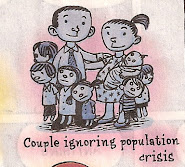
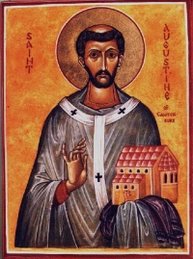



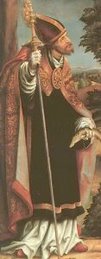
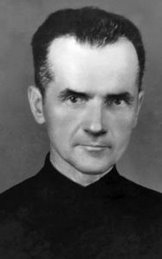

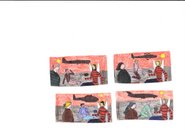
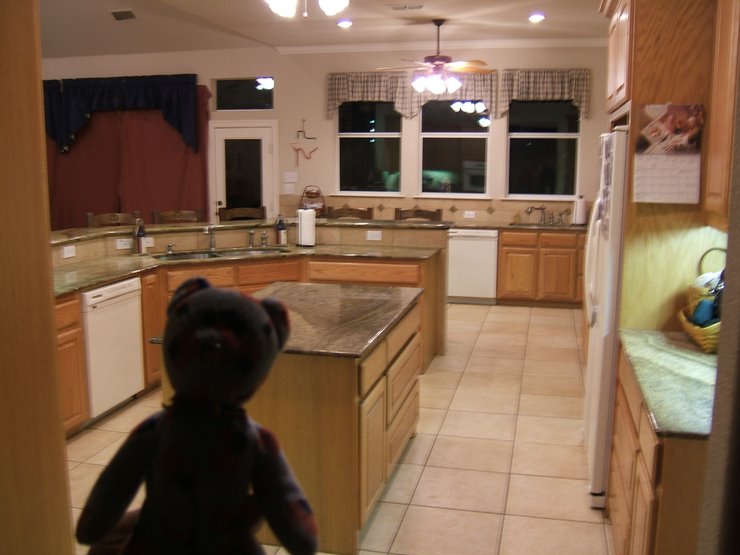

No comments:
Post a Comment